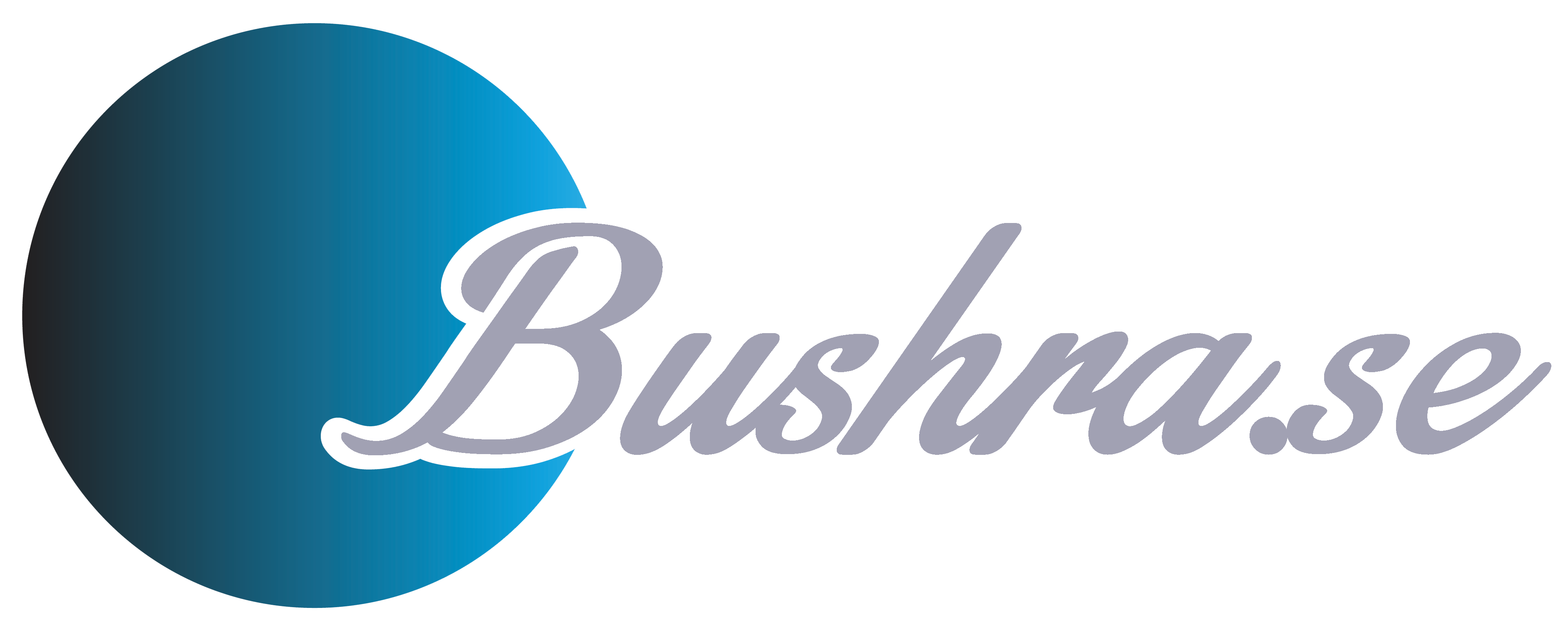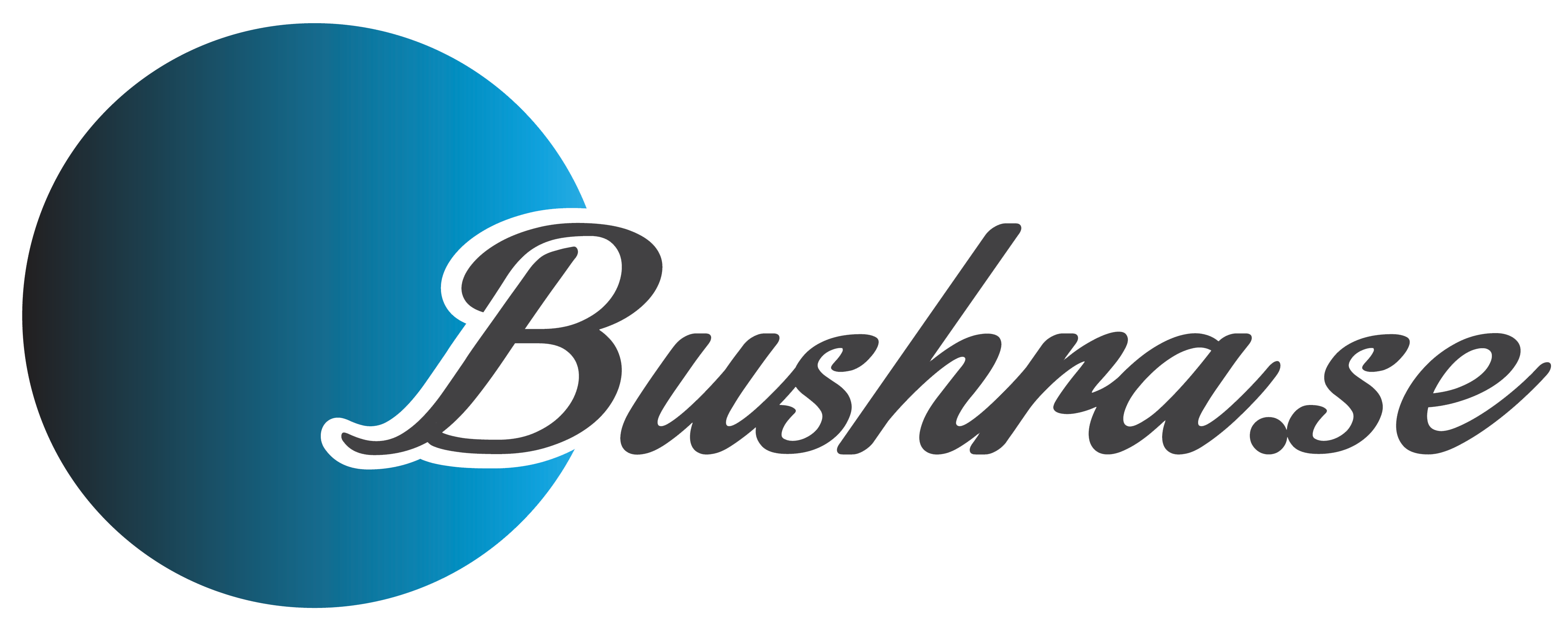K’aba / Qiblah
If you see yourself walking around K’aba [utföra tawaf] or doing other Hajj rituals, it symbolizes piety in your religion, the more good you did, the more piety it means.
Praying on the roof of the K’aba symbolizes leaving Islam or defying Allah by taking false oaths or doing something that leads to the fire, for Allah has said:
“And wherever you are, turn your faces toward it.” [2–144]
I.e. against K’aba and whoever prays over K’aba has no qiblah (direction of prayer) and whoever has no direction of prayer has no Islam.
Seeing someone praying in a direction other than the qiblah symbolizes his deviation from following the sunnah, the more he is turned away from the qiblah, the further away he is from the sunnah.
If he prays with the qiblah behind him, it symbolizes that he has left Islam.
Allah says:
” But they threw that [uppenbarelsen] behind them and traded it away for a pitiful price. {3-187]
The fact that a person does not know which direction the qiblah is symbolizes that he is confused in the religion.
A person who prays towards the qiblah symbolizes that he is stable on the religion and the sunnah.
The same is also true of his performance of the prayers in the standing position in ruku’ and sudjud that performing them correctly indicates a good religion and performing them incorrectly indicates the opposite.
Whoever sees K’aba as their home will keep their power and status.
[ibn Qutaybah]
Making tawaf can symbolize hajj, marriage, achieving what one wants from a leader, kindness to one’s parents, serving a scholar, or becoming involved in the leader’s work.
[ibn Hadjar]
Making tawaf around K’aba can be interpreted in different ways, the one who sees himself making tawaf will inshallah go on Hajj, or it can be a joyful message for the one who seeks something from a leader that he will get it, or it symbolizes that the person will be cleansed from sins or it can indicate that the one who wants to marry a beautiful woman will have his wish fulfilled.
[ibn Batal]

